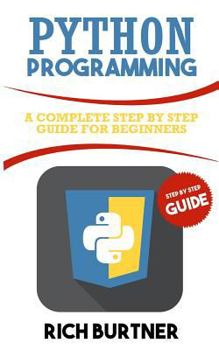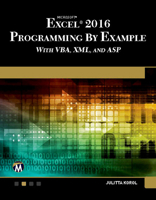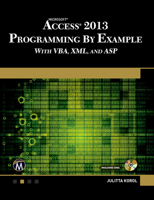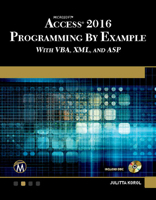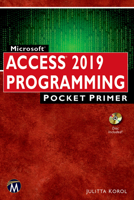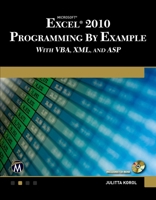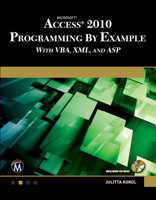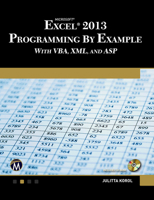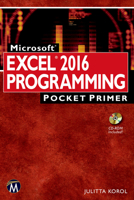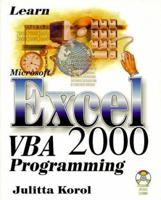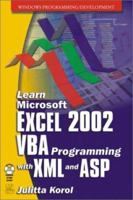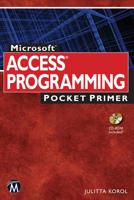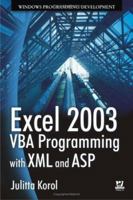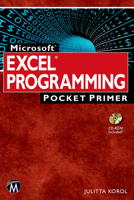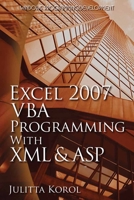Python Programming: A Complete Step by Step Guide for Beginners
PYTHON PROGRAMMING GUIDE MADE EASYThis Beginner's Guidebook will show you basics and provide you with the general information to Programming world. An easy guide for those who want to learn Python. You will understand why learning python is essential and what are the advantages and disadvantages of Python. Interpreter and interactive mode is clearly described in this book. what is object oriented programming? The answer to this question is present in this book.
Other fantastic information you will learn from this book includes: A-Z guide for beginnersWhy learning Python is essential Introduction to numerous data types in PythonHow to get started wih PythonConcept of interpreter and interactives in PythonPython or PERL; which one is the best?Suitable Python versions for beginnersPython- OverviewAdvantages and disadvantages of Python.And many more...So what are you waiting for? Scroll up and click the orange "BUY NOW" button on the top right corner and download your copy Now!!! You won't regret you did See you inside!!!
Other fantastic information you will learn from this book includes: A-Z guide for beginnersWhy learning Python is essential Introduction to numerous data types in PythonHow to get started wih PythonConcept of interpreter and interactives in PythonPython or PERL; which one is the best?Suitable Python versions for beginnersPython- OverviewAdvantages and disadvantages of Python.And many more...So what are you waiting for? Scroll up and click the orange "BUY NOW" button on the top right corner and download your copy Now!!! You won't regret you did See you inside!!!
Format:Paperback
Language:English
ISBN:1725822326
ISBN13:9781725822320
Release Date:August 2018
Publisher:Createspace Independent Publishing Platform
Length:70 Pages
Weight:0.17 lbs.
Dimensions:0.1" x 5.0" x 8.0"
More by Julitta Korol
Customer Reviews
2 customer ratings | 2 reviews
There are currently no reviews. Be the first to review this work.










